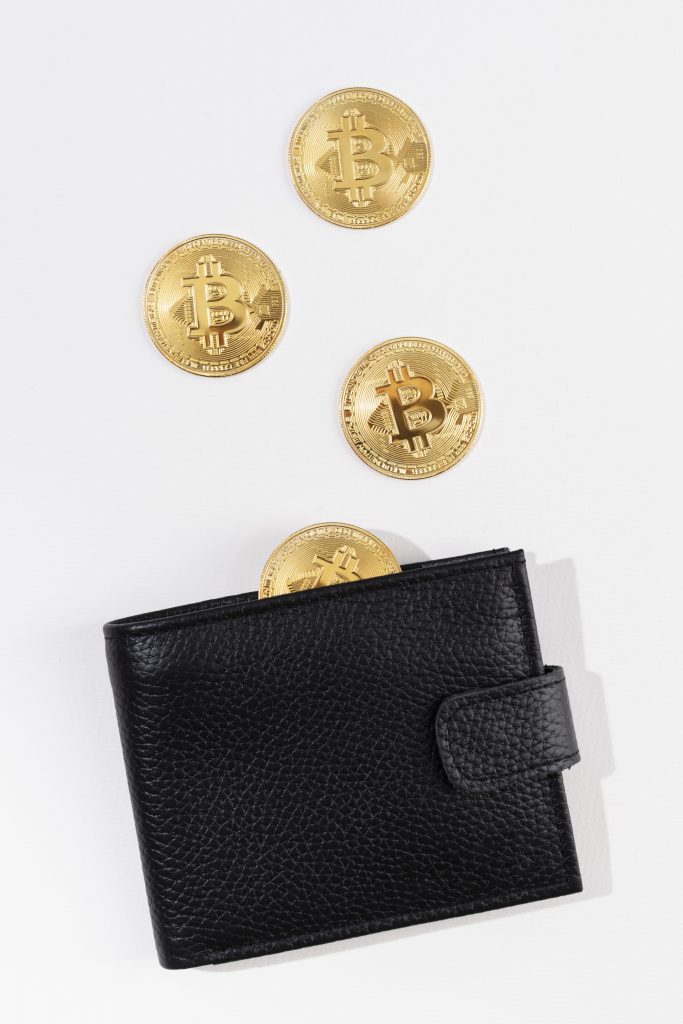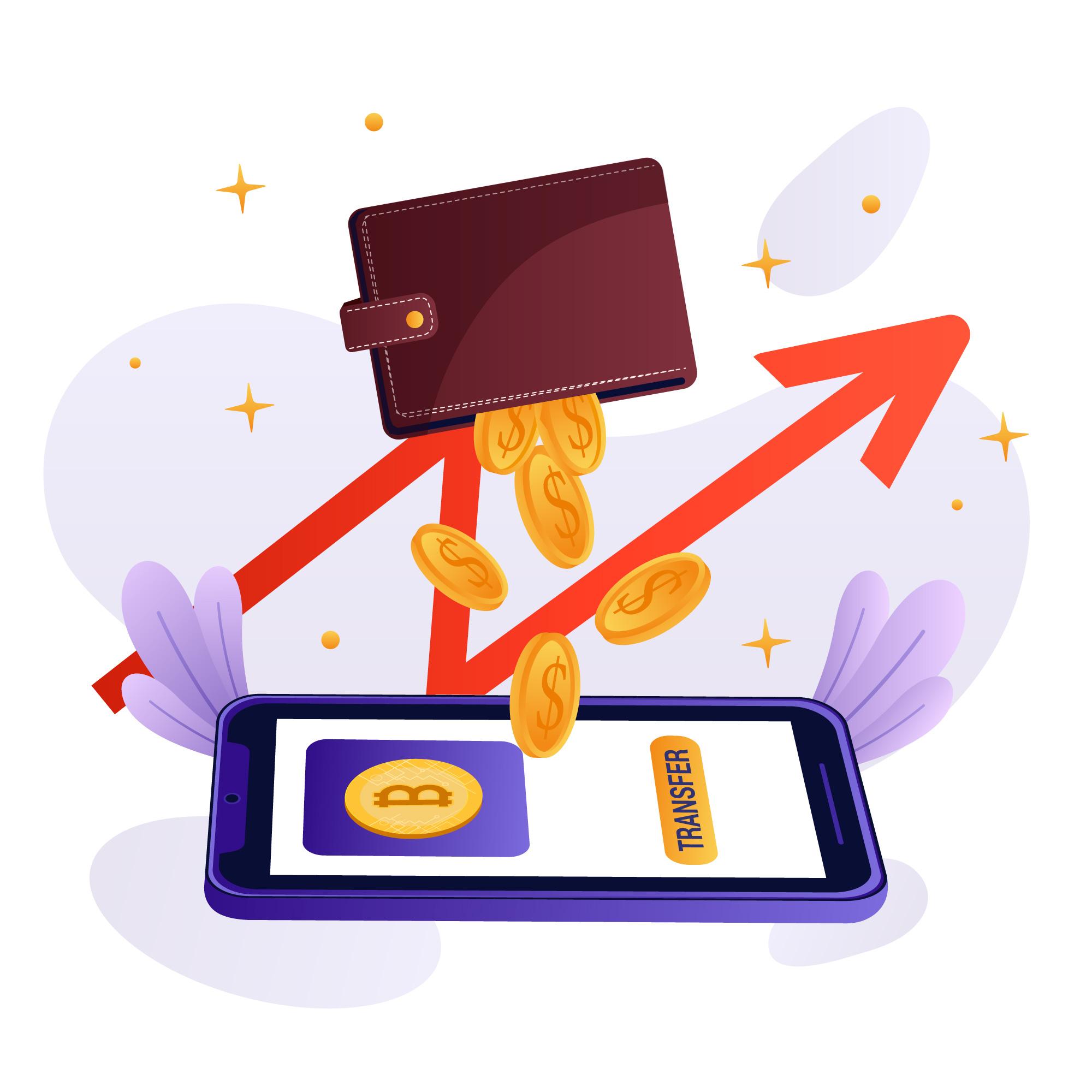Table of Contents
Using Bitcoin comes with certain risks as does using any other currency or any other asset for that matter. Investors should carefully consider the measures they need to take to prevent their Bitcoin assets from getting hacked or lost by accident.
This is easy enough to do as online resources and tools can help you do that. It’s also essential to set up a routine for transferring funds to and from your Bitcoin wallet to prevent mistakes and to have a clear record of each transaction.
Preventing Accidents
Sending Bitcoin by accident isn’t that uncommon. The latest piece of Bitcoin news that’s going around tells us about a Bitcoin user who unwittingly pays $3.1 million in a single transaction fee. Accidents such as these are rare and this has been the biggest one in history, but crypto funds are transferred by accident all the time, in smaller amounts.
That’s why it’s important to set up a two-step authentication process that will require the players to confirm a transfer of funds using two different devices. In most cases, those are a desktop computer and a mobile device such as a phone.

3d illustration Wallet of different cryptocurrencies
How to Set Up a Cold Storage
One of the most common ways of securing Bitcoin assets is to do so in what’s called cold storage. This means that the assets are stored on a device that’s not connected to the internet and therefore can’t be hacked. Setting up a cold storage is easy enough even for a novice investor that’s reasonably tech savvy.
Choose a USB Device
USB cold wallets come in all shapes and forms, and choosing the right one is a matter of personal preference. However, it’s best to choose a portable device that has Bluetooth features. This allows the users to connect it to a phone or a computer without inserting the USB.
Download the Drivers
Before the USB cold storage can be used, it needs to download the proper drivers and often the software that you’ll need to manage the assets. This is mostly done simply by connecting the device to a computer, using Bluetooth or USB. The rest of the process is automated.
Save Your Recovery (Seed) Phase
This is the step that too many users overlook and forget and it’s essential. If you forget this phase, the wallet may format itself causing you to lose all your Bitcoin assets. A seed phase will save you if you’ve forgotten your password or PIN code.
Set Up a New Wallet Address
A new wallet address needs to be set up for every crypto you want to save. It’s possible to save other cryptocurrencies than Bitcoin on the same USB wallet, but every currency needs to have its own address.
Send the Bitcoin to the Address
Make sure you’ve sent the cryptocurrency to the proper address. Sending Bitcoin to the Ethereum address, for instance, won’t accomplish anything and you’ll lose your assets. Once you send it, the process is over and the assets are stored on your cold drive.
Storing Crypto in Hot Wallets
Hot crypto wallets are crypto wallets that are connected to the Internet. Those are less safe than the cold wallets as they can be hacked, even though there are many measures put in place to prevent hacking. Hot wallets are less expensive than the cold ones and they are better suited to storing small amounts of crypto.
Set up a preferred Wallet
Setting up a hot wallet account is similar to setting up any online account and it takes about 10 minutes. All that you’ll need is an email account and a steady connection to the Internet. Most hot wallets can be set up on a mobile device as well.
Know Your Customer
Most hot wallets go through the “know your customer” process meaning that the user needs to provide some proof of their identity. In most cases, that’s done by providing a photo ID by uploading a picture of it through the wallet interface.
Make Sure the Wallet Is Ready
Some hot wallets are ready right away and you can start depositing funds as soon as you sign up. Others take time to activate. If this is the case, with the one you’re using, you’ll get an email notification, confirming that your wallet is ready to be used.
Deposit the Funds
Once the wallet is ready, you can deposit the Bitcoin to it in the same way you would to a cold one, by using the email address. The funds should be transferred right away.
Storing Bitcoin in an Exchange

Many Bitcoin investors keep their assets in the exchange in which they bought them in the first place. In most cases, the security provided by the exchange is enough and the funds can stay in the exchange for a long time before transferring them to a wallet.
Compare Different Exchanges
Different exchanges offer different features when it comes to safety and storing assets. There are over 200 exchanges to choose from and it’s best to compare and contrast the offers before choosing which one to use. The main things to look for are the fees and how much assets you can keep in an exchange.
Open an Exchange Account
Opening an exchange account is easy enough and it’s similar to opening any online account. You’ll need an email address and a payment method with which to buy Bitcoin. Exchanges follow the “Know Your Customer” laws. This means you’ll need to provide a government-issued photo ID. In some cases, exchanges may require more documents, such as proof of residence.
Deposit the Crypto
Once the account is set up the investors can store their Bitcoin in a crypto exchange. Depositing crypto from an exchange to an account will require an address.
To get the wallet address you need, simply search for a string of 40 alphanumeric characters anywhere on the screen or initiate a deposit transaction and it should appear.
Exercising Common Sense
The wallets and the measures we mentioned should keep your Bitcoin assets safe. There are sometimes online frauds and scams that are used to entice an investor to give up their passwords and keys on their own. These work the same as any other email scam.
The best way to fight off these scams is to exercise common sense and not to believe in offers that seem too good to be true, since they are not. If anyone is offering you a path to easy success and profitability if you provide them with your Bitcoin keys – chances are you shouldn’t do it.
To Sum Up
Bitcoin assets need to be kept safe from accidental transfers and from hacks. There are many ways to store Bitcoin assets and it’s up to the investors to choose which suits them best. Some users keep their Bitcoin assets on an exchange, others use hot online wallets, while others still invest in cold offline wallets.
Wallets are easy to set up and use and for hot ones, you’ll need to provide a photo ID to sign up. The same goes for using the exchange to keep your Bitcoin. Both of these are better suited to small amounts and for those who have a lot of assets, it’s best to invest in a cold wallet.


Comments are off this post!